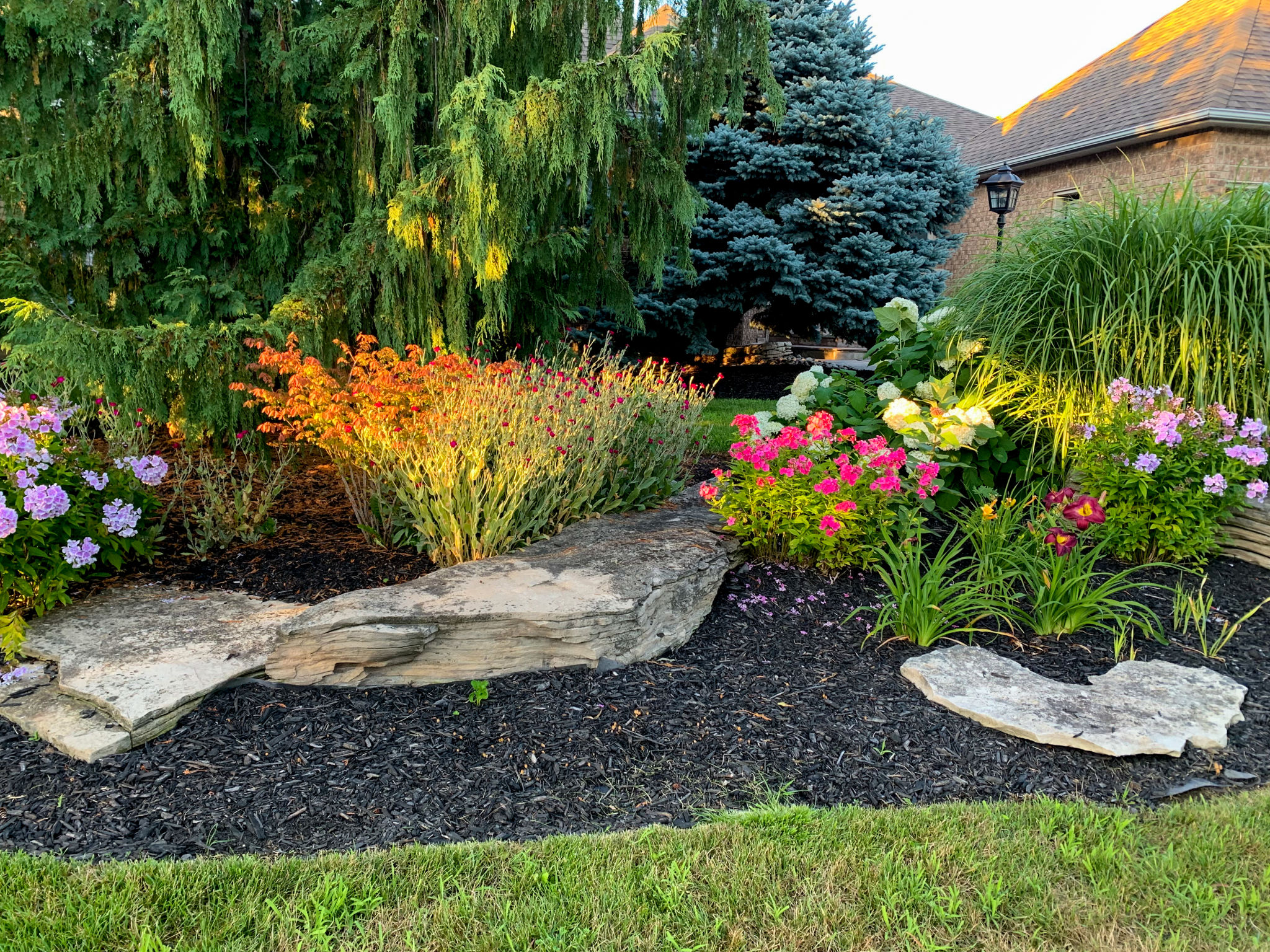Debunking Common Landscaping Myths: What Every Jefferson County Property Owner Should Know
MP
Introduction to Landscaping Myths
Landscaping is an essential aspect of property maintenance and enhancement, yet it's often shrouded in myths and misconceptions. For property owners in Jefferson County, understanding the truth behind these myths can lead to more effective and sustainable landscaping practices. In this post, we'll debunk some of the most common myths that might be affecting your landscaping decisions.
Myth 1: Landscaping Is Only for Aesthetics
One prevalent myth is that landscaping is purely about aesthetics. While it's true that a well-landscaped property can significantly improve curb appeal, landscaping serves many practical purposes. It can enhance property value, improve energy efficiency by providing shade, and even support local ecosystems by incorporating native plants.
Landscaping can also play a role in water management. Properly designed landscapes can help manage stormwater runoff and reduce erosion, making them an integral part of sustainable property management.

Myth 2: Native Plants Are Low Maintenance
Another common misconception is that native plants require no maintenance. While native plants are adapted to the local climate and soil conditions, they still require some level of care, especially during the establishment phase. Regular watering, pruning, and monitoring for pests or diseases are necessary to keep native plants healthy.
However, once established, native plants typically need less water and fertilizer compared to non-native species, making them a more sustainable choice in the long run. It's important to understand the specific needs of each plant species to ensure a thriving landscape.

Myth 3: More Fertilizer Means Better Growth
A widespread myth suggests that using more fertilizer will lead to better plant growth. In reality, over-fertilizing can harm plants and the environment. Excessive nutrients can lead to nutrient runoff, polluting local waterways and causing algal blooms.
It's essential to conduct soil tests before applying fertilizers to determine the specific nutrient needs of your soil. Tailoring your fertilization strategy based on these results ensures that your plants receive the appropriate nutrients without risking environmental harm.

Myth 4: All Mulches Are the Same
Many people believe that all mulches offer the same benefits, but this isn't true. Mulches vary in material and effectiveness. Organic mulches like wood chips or bark can improve soil health as they decompose, while inorganic mulches such as stones offer long-term durability but do not enhance soil fertility.
Choosing the right mulch depends on your landscaping goals and the specific needs of your plants. Organic mulches are generally preferred for their soil-enhancing properties, but each type has its place in a well-thought-out landscaping plan.
Conclusion
By debunking these common landscaping myths, Jefferson County property owners can make informed decisions that benefit their landscapes and the environment. Understanding the true role of landscaping beyond aesthetics, recognizing the requirements of native plants, using fertilizers judiciously, and selecting the right mulch will all contribute to a thriving and sustainable landscape.
Always consult with local landscaping experts or resources for personalized advice tailored to your property's unique conditions. With accurate information and thoughtful planning, your landscape can become a beautiful, functional, and environmentally friendly asset.

